This article was medically reviewed by Erik Kramer, DO, MPH. Dr. Erik Kramer is a Board-Certified Primary Care Physician at the University of Colorado. With over 15 years of experience, his clinical interests include obesity and weight management, diabetes care, and preventive care, as well as embracing a holistic approach to primary care. He received his Doctorate in Osteopathic Medicine (D.O.) from the Touro University Nevada College of Osteopathic Medicine and completed his residency at Central Maine Medical Center. Dr. Kramer is a Diplomate of the American Board of Obesity Medicine.
There are 34 references cited in this article, which can be found at the bottom of the page.
This article has been viewed 7,087 times.
Hamstring tendinopathy is a type of tendonitis that develops in your upper leg, hip, and buttock region.[1] It’s not especially common but can affect athletes that use their legs a lot, like runners or soccer players.[2] Since it's hard to diagnose,[3] it can develop into chronic pain that usually starts within 30 minutes of exercising.[4] It’s also a bit tricky to treat because it settles in a location that’s tough to reach. There are, however, several treatment options that you can do at home or under a doctor’s supervision. A rest, exercise, and stretching regimen can improve your condition significantly. If these treatments don’t work, you could try some medical procedures to heal the injury.[5]
Steps
Managing the Pain at Home
-
1Reduce your exercise load if you feel hamstring and hip pain. The first symptom you’ll probably notice is a deep pain in your upper hamstring or buttock. This might extend into your hip or down the back of your leg.[6] If you experience this pain within 24 hours of exercising, then it could be the start of tendinopathy. Take 2-3 days off from exercising and after that, scale back your workout intensity while you treat the condition.[7]
- While exercise usually triggers tendinopathy pain, it might also start during prolonged sitting. If you notice a pain developing while you sit, this is another symptom.[8]
- In some cases, the inflamed tendon can press on the sciatic nerve and cause radiating sciatic pain and tingling down your leg.[9]
- Unless the pain is severe, you won’t need prolonged bed rest or immobilization.[10] The pain from tendinopathy is rarely this bad.[11]
- If you play contact sports, you should take a break from competing until the pain improves. Impact can make the injury much worse.
- Sudden and forceful contractions of your hamstring muscle can also cause a strain when it’s against resistance.
-
2Ice the area for the first 48 hours after the pain starts. The tendons in your glutes and hamstrings are probably inflamed, so ice the area to reduce that inflammation. Wrap an ice pack in a towel and press it against the area for 20 minutes at a time. Repeat this treatment 3 times per day for 48 hours after the pain starts.[12] [13]
- For many people, this pain builds over time rather than appearing suddenly. In this case, the injury might already be chronic. It’s still worthwhile to start out with ice to reduce that inflammation before trying other treatments.
- Don’t hold an ice pack onto your skin without wrapping it in a towel first. This could cause frostbite.
Advertisement -
3Switch to heat after 48 hours to loosen dull muscle pains. After about 48 hours, the sharp pains will probably become a dull stiffness in your muscles and tendons. Heat is a better treatment at this point because it loosens up that stiffness and tension. Hold a heating pad onto the area for 20 minutes at a time and repeat this treatment 3 times per day until the pain improves.[14] [15]
- You could also alternate between hot and cold treatments depending on what you feel. Ice is better for sharp, precise pains, and heat is better for dull pain and stiffness.[16]
-
4Take NSAID pain relievers to manage the pain and inflammation. NSAID pain relievers like ibuprofen or naproxen are best to treat tendonitis because they fight inflammation. Get a bottle from your local pharmacy and take it according to the product instructions.[17]
- In general, you shouldn’t take pain medication for more than 2 weeks at a time unless your doctor tells you to. If there’s no improvement in your pain after 2 weeks, then you should see a doctor.[18]
- Non-NSAID pain relievers like acetaminophen will also help the pain, but not the inflammation. You should only take these medications if you can’t get any NSAIDs.[19]
- You can also try topical NSAIDs to directly relieve the pain in the area. That way, it isn’t absorbed by the rest of your body.[20]
-
5Stay active by doing your normal household tasks. While it’s important to rest, you also shouldn’t stay completely bedridden. Staying active keeps your muscles and tendons loose, which helps them heal faster. Carry out all of your daily tasks as well as you can to prevent your muscles from tightening up.[21]
- Avoid any activities that make your pain worse. It’s normal to feel some discomfort, but if something raises your pain level significantly, then skip it to avoid further damage.
Exercising Effectively
-
1Switch to low-impact workouts until the pain improves. Impact exercises like running are common causes of hamstring tendinopathy. Since the pain builds over time, you've probably been working out too hard without realizing you were doing damage. It’s best to switch to low-impact workouts instead until your condition gets better.[22]
- Good low-impact workouts include biking, swimming, or running on an elliptical machine. You could also take walks.
- Some kickboxing or aerobics workouts are also low-impact. You can do these too, as long as they don’t make your pain worse.[23]
-
2Warm-up and stretch before every workout. Muscle tightness makes tendonitis worse or can cause it in the first place.[24] Spend 5-10 minutes warming up before you exercise. Stick to low-impact warmups like walking. Then stretch for 5-10 minutes before starting your workout.[25] [26]
- Focus on your glutes and hamstrings while you stretch. For a simple hamstring stretch, stand up straight and bend down to touch your toes.
- For a deeper hamstring stretch, sit down with your legs extended in front of you. Then, reach out to touch your toes.
-
3Squeeze your buttocks to strengthen your glute muscles. Weak glute muscles put you at a higher risk for tendinopathy, and strengthening them could relieve the pain. Lay flat on your back and bend your knees. Then squeeze your glutes as hard as you can for 45 seconds. Do 5 reps 2-3 times per week.[27]
- You might feel some discomfort when you tighten your glutes, but this is normal. You only have to stop if the pain increases significantly.
-
4Do standing hip extensions to loosen and train your glutes. This exercise, sometimes called “airplane stance,” stretches and strengthens your glutes and leg muscles. Stand up straight and lift both of your arms out to your sides. Then lean forward and lift one of your legs behind you, in line with your back. Keep both legs straight. Lean as far forward as you can while lifting the leg. Try to hold the stance for 30 seconds before switching legs.[28]
- If you feel unbalanced, you can keep one hand on a wall while you do this exercise.
-
5Strengthen your core to stabilize your body. A weak core could also make tendinopathy worse. Incorporate more core-strengthening exercises into your workout to support your body better.[29]
-
6Jog on flat surfaces if you’re a runner. Running on inclines can trigger hamstring tendinopathy. If you run, stick with flat surfaces like a track to avoid aggravating your condition.[31]
- You should also jog with less intensity than usual until your condition heals. Decrease the speed and distance that you usually run, for example.
- Quick changes in speed, like from sprinting, can also trigger the pain. Maintain a steady pace until you're feeling better.
Seeking Medical Treatments
-
1Visit an orthopedist if your pain doesn’t improve within a week. Hamstring tendinopathy is tricky to treat, and your home treatments might not work. If your pain hasn’t improved within a week, then you probably need professional treatment. Visit an orthopedist, a doctor that specializes in skeletal and muscular injuries, for further treatment options.[32]
- At your first appointment, the doctor will probably question you about your pain and do a physical exam. They’ll also probably want to do an x-ray, CT scan, or ultrasound to get a picture of your injury.
- Your doctor will usually run labs if your leg is swollen, red, or tender to the touch. Some of the labs may include checking for blood clots, myositis,[33] Rhabdomyolysis,[34] d-dimer,[35] and CPK.[36]
- Tell the doctor all of the treatments you’ve already tried, as well as when the pain started. This is all relevant to the way they’ll treat you.
-
2Attend physical therapy to stretch and strengthen your hamstrings. Physical therapy is a common prescription for tendinopathy, so your doctor will probably try that first. A physical therapist will show you how to train and stretch your hamstrings to heal the injury and prevent further ones. Keep up with all your appointments so the injury fully heals.[37]
- If you undergo physical therapy, you’ll probably have to do some stretches and exercises on your own time in addition to your regular appointments. Keeping up with this routine will speed up your recovery.
-
3Relieve the pain with steroid injections. If physical therapy doesn’t help, then your doctor might try corticosteroid injections to treat the injury. These injections relieve inflammation, which will reduce the pain and help the injury heal faster. You will also still have to stretch and exercise to treat the injury at home. Only let a trained medical provider using ultrasound guidance administer your injections so you don’t damage any nerves or arteries in the area.[38]
- If you do get corticosteroid injections, remember that the pain might go away quickly, but the injury is still there. Don’t push yourself too hard before it’s healed or you’ll make it worse.
-
4Try a chiropractic treatment if other remedies haven’t worked. While it’s an unorthodox treatment, chiropractic medicine shows some success in treating tendinopathy, especially if it’s causing nerve pain. A chiropractor can adjust and manipulate your hamstring so it isn’t pressing on any nerves or tendons. A few treatments like this could help the injury heal.[39]
- Chiropractors aren’t MDs and their treatments are officially considered alternative medicine. However, the field has advanced quite a bit and many insurance plans cover chiropractic treatments.
-
5Have surgery for very serious cases. While most doctors want to avoid this step, in some cases, surgery is the only option for treating severe tendinopathy cases. This is a relatively minor surgery that involves removing scar tissue from around your inflamed tendons. If your doctor recommends surgery, then schedule your appointment as soon as possible and follow all of your surgeon’s instructions for post-operative care.[40]
- In general, you’ll have to stay off your feet for about 2 weeks after the surgery. You might be able to get around with crutches or a wheelchair.
- You should avoid stretching or exercise for 3-4 weeks after surgery. After 4 weeks, you can start light, low-impact exercise to start getting back into shape.
References
- ↑ https://www.sports-health.com/blog/pain-butt-5-signs-chronic-hamstring-tendinopathy
- ↑ https://www.ncbi.nlm.nih.gov/pmc/articles/PMC3110412/
- ↑ https://www.ncbi.nlm.nih.gov/pmc/articles/PMC5003616/
- ↑ https://www.physio-pedia.com/Proximal_Hamstring_Tendinopathy
- ↑ https://intermountainhealthcare.org/medical-specialties/orthopedics-sports-medicine/conditions/hamstring-muscle-tendinopathy/
- ↑ https://www.ncbi.nlm.nih.gov/pmc/articles/PMC4396672/
- ↑ https://www.ashfordstpeters.info/images/leaflets/PY103.pdf
- ↑ https://pubmed.ncbi.nlm.nih.gov/25996362/
- ↑ https://myhealth.alberta.ca/Health/aftercareinformation/pages/conditions.aspx?hwid=abr3618
- ↑ https://www.spine-health.com/blog/bed-rest-not-always-best-bet-beating-back-pain
- ↑ https://www.jospt.org/doi/10.2519/jospt.2016.5986
- ↑ https://www.healthychildren.org/English/health-issues/injuries-emergencies/sports-injuries/Pages/Treating-Sports-Injuries-with-Ice-and-Heat.aspx
- ↑ https://www.ncbi.nlm.nih.gov/pmc/articles/PMC4396672/
- ↑ https://www.henryford.com/blog/2018/08/hot-cold-therapy-whats-best-for-muscle-recovery
- ↑ https://www.sports-health.com/sports-injuries/leg-injuries/treatments-chronic-high-hamstring-tendinopathy
- ↑ https://lecomhealth.com/injuries-to-ice-or-to-heat/
- ↑ https://www.sports-health.com/sports-injuries/leg-injuries/treatments-chronic-high-hamstring-tendinopathy
- ↑ https://my.clevelandclinic.org/health/drugs/11086-non-steroidal-anti-inflammatory-medicines-nsaids
- ↑ https://familydoctor.org/pain-relievers-understanding-your-otc-options/
- ↑ https://pubmed.ncbi.nlm.nih.gov/20556778/
- ↑ https://www.ashfordstpeters.info/images/leaflets/PY103.pdf
- ↑ https://www.spine-health.com/wellness/exercise/low-impact-aerobic-exercise
- ↑ https://blog.afaa.com/a-breakdown-of-cardio-kickboxing
- ↑ https://intermountainhealthcare.org/services/orthopedics/services/hip/hamstring-muscle-tendinopathy/
- ↑ https://kidshealth.org/en/teens/hamstring-strain.html
- ↑ https://www.spine-health.com/wellness/exercise/specific-hamstring-stretches-back-pain-relief
- ↑ https://www.ashfordstpeters.info/images/leaflets/PY103.pdf
- ↑ https://www.ncbi.nlm.nih.gov/pmc/articles/PMC3110412/
- ↑ https://www.ncbi.nlm.nih.gov/pmc/articles/PMC4396672/
- ↑ https://www.mayoclinic.org/healthy-lifestyle/fitness/in-depth/core-exercises/art-20044751
- ↑ https://www.sports-injury-physio.com/post/proximal-hamstring-tendinopathy-a-common-cause-of-butt-pain-in-runners
- ↑ https://intermountainhealthcare.org/services/orthopedics/services/hip/hamstring-muscle-tendinopathy/
- ↑ https://www.sportsmedtoday.com/myositis-ossificans-va-122.htm
- ↑ https://www.ncbi.nlm.nih.gov/pmc/articles/PMC5605064/
- ↑ https://www.ncbi.nlm.nih.gov/books/NBK425364/
- ↑ https://www.ncbi.nlm.nih.gov/pmc/articles/PMC3549245/
- ↑ https://www.mayoclinic.org/diseases-conditions/tendinitis/diagnosis-treatment/drc-20378248
- ↑ https://www.ncbi.nlm.nih.gov/pmc/articles/PMC2505250/
- ↑ https://www.ncbi.nlm.nih.gov/pmc/articles/PMC3110412/
- ↑ https://www.ncbi.nlm.nih.gov/pmc/articles/PMC4396672/

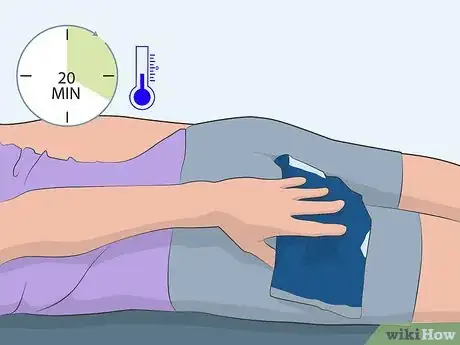
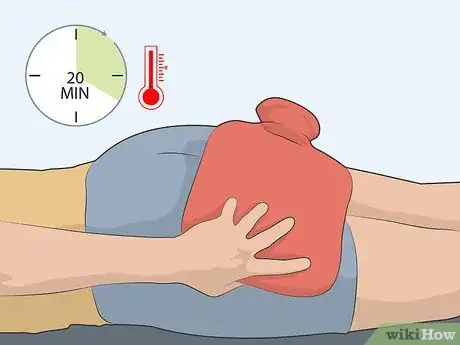
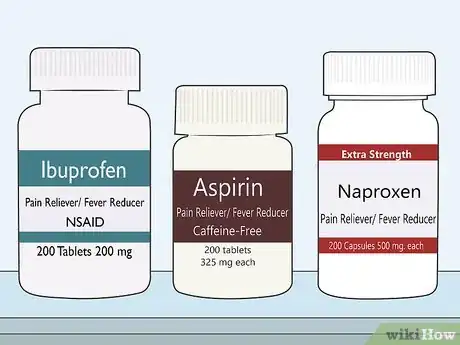
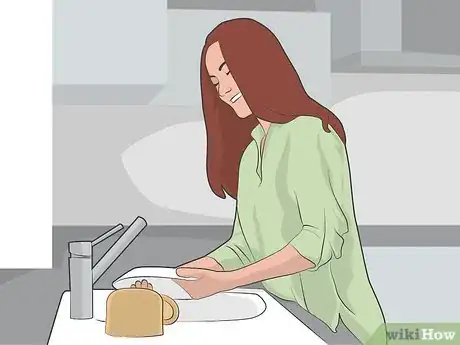
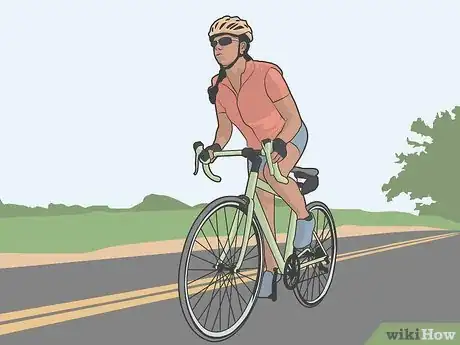
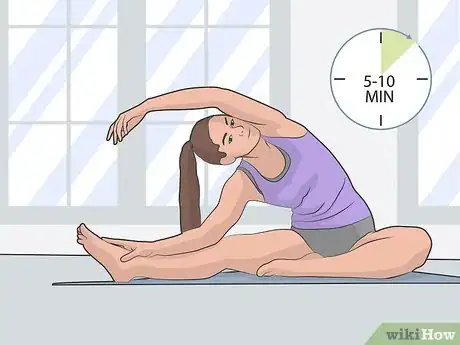
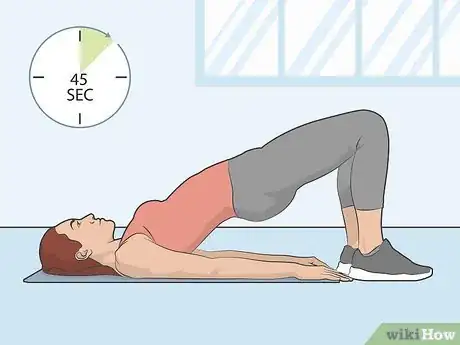
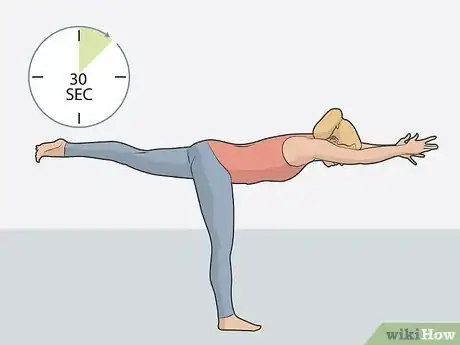
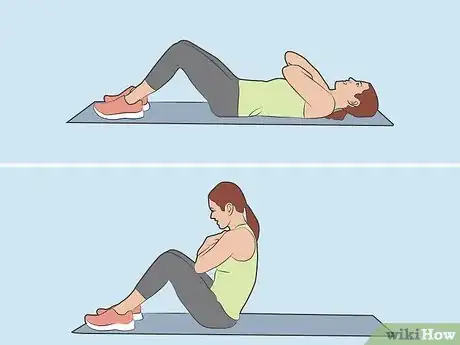
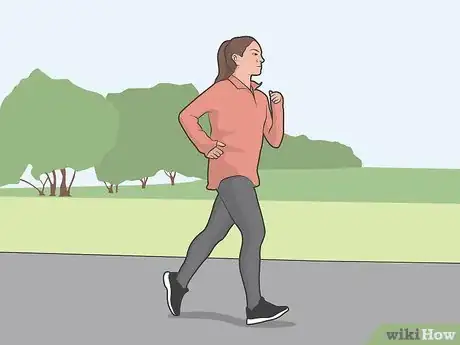
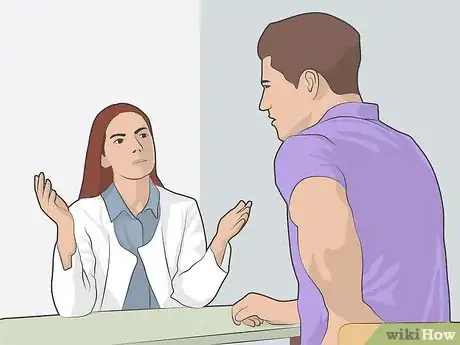
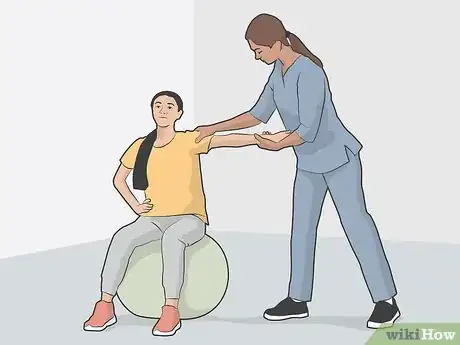
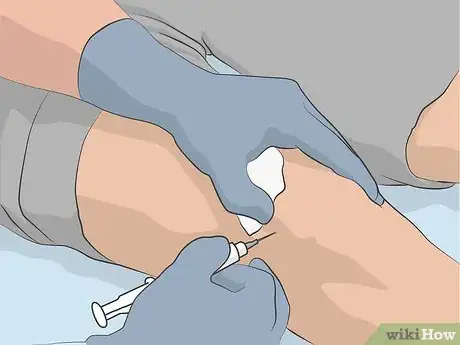

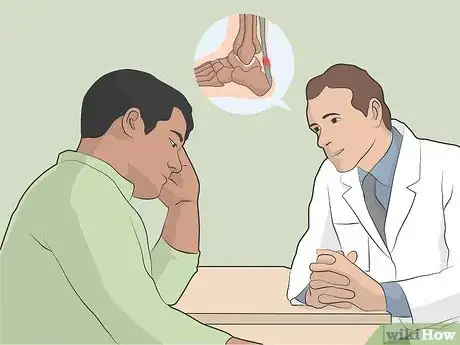
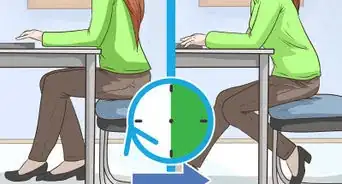
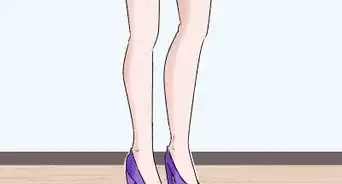
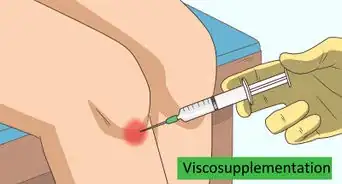
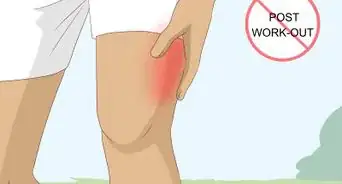

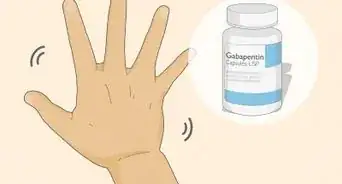
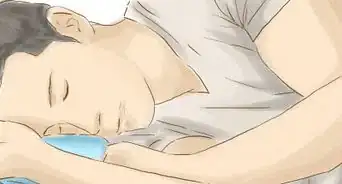

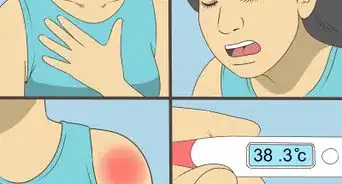
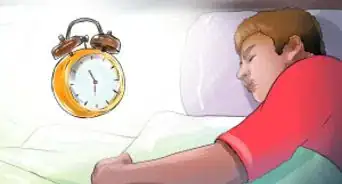

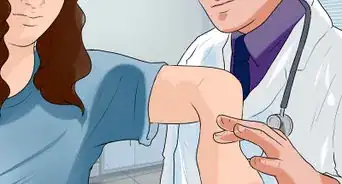
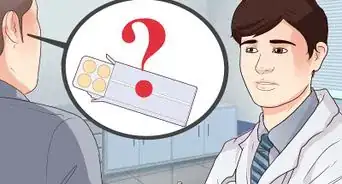
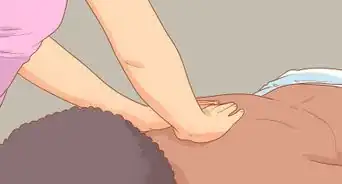







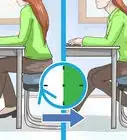

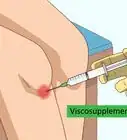




































Medical Disclaimer
The content of this article is not intended to be a substitute for professional medical advice, examination, diagnosis, or treatment. You should always contact your doctor or other qualified healthcare professional before starting, changing, or stopping any kind of health treatment.
Read More...